.

A destroyed MSF-supported hospital in Maarat al-Noaman in Idlib Province, Syria, on Monday, after it was hit by airstrikes: photo by Sam Taylor/Doctors Without Borders, via European Pressphoto Agency, 15 February 2016
Syria:
At least seven killed and eight missing in another MSF-supported
hospital attack in Idlib province: Médecins Sans Frontières, 15 February 2016
Gaziantep –
At least seven people were killed, and at least
eight are missing, presumed dead, after a Médecins Sans Frontières
(MSF)-supported hospital in Idlib province in northern Syria was
destroyed in an attack on Monday morning.
The hospital in Ma’arat Al Numan was hit by four missiles in two
attacks within a few minutes of each other, according to staff from the
hospital. Around 15 other houses and structures located in populated
zones were struck in the area, including reports of another
non-MSF-supported hospital during Monday morning.
“The destruction on the MSF supported facility appears to be a
deliberate attack on a health structure”, denounces Massimiliano
Rebaudengo, MSF’s Head of Mission.
Five patients were killed, as well as one caretaker. In addition, a
hospital guard was killed and eight members of staff are missing,
presumed dead. Other patients are still missing, but their numbers are
currently unknown.
“The destruction of the hospital leaves the local population of
around 40,000 people without access to medical services in an active
zone of conflict,” Massimiliano said.
There were also reports on Monday morning of another two hospitals in
Azaz city being attacked. These facilities were not supported by MSF.
The 30-bed hospital in Ma’arat Al Numan had 54 staff, two operating
theatres, an outpatient department and an emergency room. The outpatient
department treated around 1500 people a month, the ER carried out an
average of 1,100 consultations a month, and around 140 operations a
month, mainly orthopaedic and general surgery, were carried out in the
operating theatres.
MSF has been supporting this hospital since September 2015 and
covered all the needs of the facility including provision of medical
supplies and running costs.
In December 2015 MSF supported the reconstruction of the hospital
after it had been forced to move from the previous location after being
attacked three times.
Fighting also intensified in Azaz district about 100 kms away from
Ma’arat Al Numan on Monday morning, and MSF’s Al Salamah hospital has so
far received 10 war wounded patients. A mother and child hospital (not
supported by MSF) has also been bombed in Azaz city, the hospital is
organizing the setup of its pediatric operating theatre into MSF's Al
Salamah hospital.

Horrific details from Syrian doctor who witnessed @MSF hospital airstrikes, via @borzou: image via Francis Whittaker @frittaker,15 February 2016
A hospital
supported by Doctors Without Borders near Maaret Numan, in Syria's
northern Idlib province, lies in ruins after being hit by airstrikes
that activists say were carried out by Russian warplanes: photo by AFP, 15 February 2016
Dozens
of civilians killed in missile attacks on schools and medical centers
in Syria, U.N. says: Associated Press, 15 February 2016
U.N. Secretary-General Ban Ki-moon said
Monday that nearly 50 civilians have been killed and many more wounded
in missile attacks on at least five medical facilities and two schools
in northern Syria.
Ban called the attacks “blatant violations of international laws” that “are further degrading an already devastated healthcare system and preventing access to education in Syria,” according to U.N. deputy spokesman Farhan Haq.
Haq quoted Ban as saying the attacks “cast a shadow on commitments” that nations seeking to end the Syrian conflict made at a conference in Munich, Germany, on Thursday; those included a cessation of hostilities within a week and an end to attacks on civilians.
Opposition activists had said airstrikes hit hospitals and a school in northern Syria, killing and wounding dozens of people. The activists said the strikes were carried out by Russian warplanes supporting a major advance by government troops.
An airstrike in Idlib province destroyed a makeshift clinic supported by the international aid group Doctors Without Borders, and in neighboring Aleppo province, a missile struck a children's hospital in the town of Azaz, killing at least five people and wounding dozens. A third airstrike hit a school in a nearby village, killing seven and wounding others.
Doctors Without Borders, also known by its French acronym MSF, said in a statement that the hospital in the town of Maaret Numan was hit four times in at least two attacks that were minutes apart. It said at least seven people were killed and at least eight others were "missing, presumed dead."
"This appears to be a deliberate attack on a health structure, and we condemn this attack in the strongest possible terms," said Massimiliano Rebaudengo, MSF's Syria mission chief. "The destruction of the hospital leaves the local population of around 40,000 people without access to medical services in an active zone of conflict."
The aid group said the hospital had 30 beds, 54 staff members, two operating theaters, an outpatient department and an emergency room. MSF has been supporting the hospital since September and covered all its needs, including medical supplies and running costs, it said.
The Britain-based Syrian Observatory for Human Rights said Russian warplanes targeted the makeshift hospital, destroying it and killing nine people. The opposition group, which tracks both sides of the conflict through sources on the ground, said dozens were wounded in the attack.
Syrian troops have been advancing in the north under the cover of Russian airstrikes in recent weeks. The offensive has been focused on Aleppo province, where troops are trying to cut rebel supply lines to Turkey and surround rebel-held parts of the northern city of Aleppo, once Syria's largest.
On Monday, Syrian state TV reported that pro-government gunmen have entered western parts of the northern town of Tel Rifaat, where they were fighting "fierce battles" against insurgents. Tal Rifaat is a major stronghold of militants fighting to overthrow President Bashar Assad.
Opposition activist Yahya al Sobeih, speaking by phone from Maaret Numan, said "the entire building has collapsed on the ground." He said five people were killed near the MSF clinic and "all members of the medical team inside are believed to be dead."
Paramedics and volunteers were working on removing the rubble, he added. The four-story building was once a cement company, but had served as a makeshift clinic during the war, Al Sobeih said.
The missile attack in Azaz, near the Turkish border, killed five people at the hospital, including three children and a pregnant woman, and wounded more than 30, the Syrian Observatory said. Activist Baraa al Halaby, based in Aleppo, said the hospital was struck by a missile and that 10 people were killed.
Abdulrahman al Hassan, chief liaison officer of Syrian Civil Defense, a group of first responders known as the "White Helmets," said the women's hospital in Azaz was hit by two surface-to-surface missiles. He added that some 10 people were killed and many were wounded.
"We think it is Russia because the photos of the missiles have Russian language [and] because we haven't seen this kind [of missile] before the Russian intervention," he said.
Russia has been a key ally of Assad throughout the five-year uprising and civil war; on Sept. 30, it began launching airstrikes to support his forces.
In Turkey, the private Dogan news agency reported that more than 30 of those wounded in Russian airstrikes in Azaz, primarily children, were transferred to a hospital in southern Turkey. It showed footage of ambulances arriving at the Kilis state hospital, medics unloading children on stretchers and a girl wrapped in a blanket.
"They hit the school, they hit the school," wailed a Syrian woman who was unloaded from an ambulance onto a wheelchair.
The Syrian Observatory and Al Halaby said an airstrike hit a school in the village of Kaljibrin, near Azaz. Al Halaby said the raid killed seven people and wounded others. The observatory said five were killed.
In Brussels on Monday, European Union officials called on Turkey to halt its military action in Syria after Turkish forces shelled positions held by a U.S.-backed Kurdish militia over the weekend.
The EU's foreign policy chief, Federica Mogherini, said that "only a few days ago, all of us including Turkey, sitting around the table, decided steps to de-escalate and have a cessation of hostilities."
She said more fighting "is obviously not what we expect."
Dutch Foreign Minister Bert Koenders, whose country holds the EU's rotating presidency, said, "We have the plan for a cessation of hostilities and I think everybody has to abide by that."
Syria's main Kurdish faction, the People's Protection Units, or YPG, have been highly effective in combating Islamic State militants, but Turkey views it as a threat because of its ties to the Kurdistan Workers' Party which has waged a decades-long insurgency against Ankara.
Turkish Prime Minister Ahmet Davutoglu on Monday said the cross-border shelling has succeeded in halting a Kurdish advance on Azaz and vowed the "harshest reaction" if the YPG march on the town again.
Kurdish-led forces had recently gained ground along the border with Turkey at the expense of Syrian rebels, who have been struggling to hold ground amid the massive Russian-backed government offensive.
Ban called the attacks “blatant violations of international laws” that “are further degrading an already devastated healthcare system and preventing access to education in Syria,” according to U.N. deputy spokesman Farhan Haq.
Haq quoted Ban as saying the attacks “cast a shadow on commitments” that nations seeking to end the Syrian conflict made at a conference in Munich, Germany, on Thursday; those included a cessation of hostilities within a week and an end to attacks on civilians.
Opposition activists had said airstrikes hit hospitals and a school in northern Syria, killing and wounding dozens of people. The activists said the strikes were carried out by Russian warplanes supporting a major advance by government troops.
An airstrike in Idlib province destroyed a makeshift clinic supported by the international aid group Doctors Without Borders, and in neighboring Aleppo province, a missile struck a children's hospital in the town of Azaz, killing at least five people and wounding dozens. A third airstrike hit a school in a nearby village, killing seven and wounding others.
Doctors Without Borders, also known by its French acronym MSF, said in a statement that the hospital in the town of Maaret Numan was hit four times in at least two attacks that were minutes apart. It said at least seven people were killed and at least eight others were "missing, presumed dead."
"This appears to be a deliberate attack on a health structure, and we condemn this attack in the strongest possible terms," said Massimiliano Rebaudengo, MSF's Syria mission chief. "The destruction of the hospital leaves the local population of around 40,000 people without access to medical services in an active zone of conflict."
The aid group said the hospital had 30 beds, 54 staff members, two operating theaters, an outpatient department and an emergency room. MSF has been supporting the hospital since September and covered all its needs, including medical supplies and running costs, it said.
The Britain-based Syrian Observatory for Human Rights said Russian warplanes targeted the makeshift hospital, destroying it and killing nine people. The opposition group, which tracks both sides of the conflict through sources on the ground, said dozens were wounded in the attack.
Syrian troops have been advancing in the north under the cover of Russian airstrikes in recent weeks. The offensive has been focused on Aleppo province, where troops are trying to cut rebel supply lines to Turkey and surround rebel-held parts of the northern city of Aleppo, once Syria's largest.
On Monday, Syrian state TV reported that pro-government gunmen have entered western parts of the northern town of Tel Rifaat, where they were fighting "fierce battles" against insurgents. Tal Rifaat is a major stronghold of militants fighting to overthrow President Bashar Assad.
Opposition activist Yahya al Sobeih, speaking by phone from Maaret Numan, said "the entire building has collapsed on the ground." He said five people were killed near the MSF clinic and "all members of the medical team inside are believed to be dead."
Paramedics and volunteers were working on removing the rubble, he added. The four-story building was once a cement company, but had served as a makeshift clinic during the war, Al Sobeih said.
The missile attack in Azaz, near the Turkish border, killed five people at the hospital, including three children and a pregnant woman, and wounded more than 30, the Syrian Observatory said. Activist Baraa al Halaby, based in Aleppo, said the hospital was struck by a missile and that 10 people were killed.
Abdulrahman al Hassan, chief liaison officer of Syrian Civil Defense, a group of first responders known as the "White Helmets," said the women's hospital in Azaz was hit by two surface-to-surface missiles. He added that some 10 people were killed and many were wounded.
"We think it is Russia because the photos of the missiles have Russian language [and] because we haven't seen this kind [of missile] before the Russian intervention," he said.
Russia has been a key ally of Assad throughout the five-year uprising and civil war; on Sept. 30, it began launching airstrikes to support his forces.
In Turkey, the private Dogan news agency reported that more than 30 of those wounded in Russian airstrikes in Azaz, primarily children, were transferred to a hospital in southern Turkey. It showed footage of ambulances arriving at the Kilis state hospital, medics unloading children on stretchers and a girl wrapped in a blanket.
"They hit the school, they hit the school," wailed a Syrian woman who was unloaded from an ambulance onto a wheelchair.
The Syrian Observatory and Al Halaby said an airstrike hit a school in the village of Kaljibrin, near Azaz. Al Halaby said the raid killed seven people and wounded others. The observatory said five were killed.
In Brussels on Monday, European Union officials called on Turkey to halt its military action in Syria after Turkish forces shelled positions held by a U.S.-backed Kurdish militia over the weekend.
The EU's foreign policy chief, Federica Mogherini, said that "only a few days ago, all of us including Turkey, sitting around the table, decided steps to de-escalate and have a cessation of hostilities."
She said more fighting "is obviously not what we expect."
Dutch Foreign Minister Bert Koenders, whose country holds the EU's rotating presidency, said, "We have the plan for a cessation of hostilities and I think everybody has to abide by that."
Syria's main Kurdish faction, the People's Protection Units, or YPG, have been highly effective in combating Islamic State militants, but Turkey views it as a threat because of its ties to the Kurdistan Workers' Party which has waged a decades-long insurgency against Ankara.
Turkish Prime Minister Ahmet Davutoglu on Monday said the cross-border shelling has succeeded in halting a Kurdish advance on Azaz and vowed the "harshest reaction" if the YPG march on the town again.
Kurdish-led forces had recently gained ground along the border with Turkey at the expense of Syrian rebels, who have been struggling to hold ground amid the massive Russian-backed government offensive.
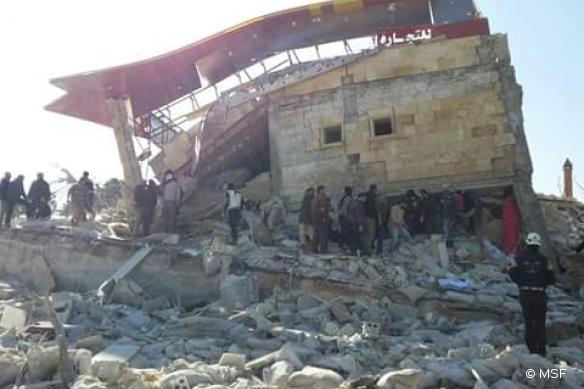
In
contravention of UN cease fire and #IHL, an MSF-supported hospital was
attacked and destroyed this morning in #Syria. The MSF-supported
structure in #Idlib
was hit by 4 rockets, at least 8 staff are missing. The hospital was
hit four times in two series of at least two attacks within a few
minutes of each other #MSF: image via MSF International @MSF. 15 February 2016

“The destruction of the hospital leaves around 40,000 people without medical services in an active zone of conflict": image via MSF Syria @MSF_Syria, 15 February 2016
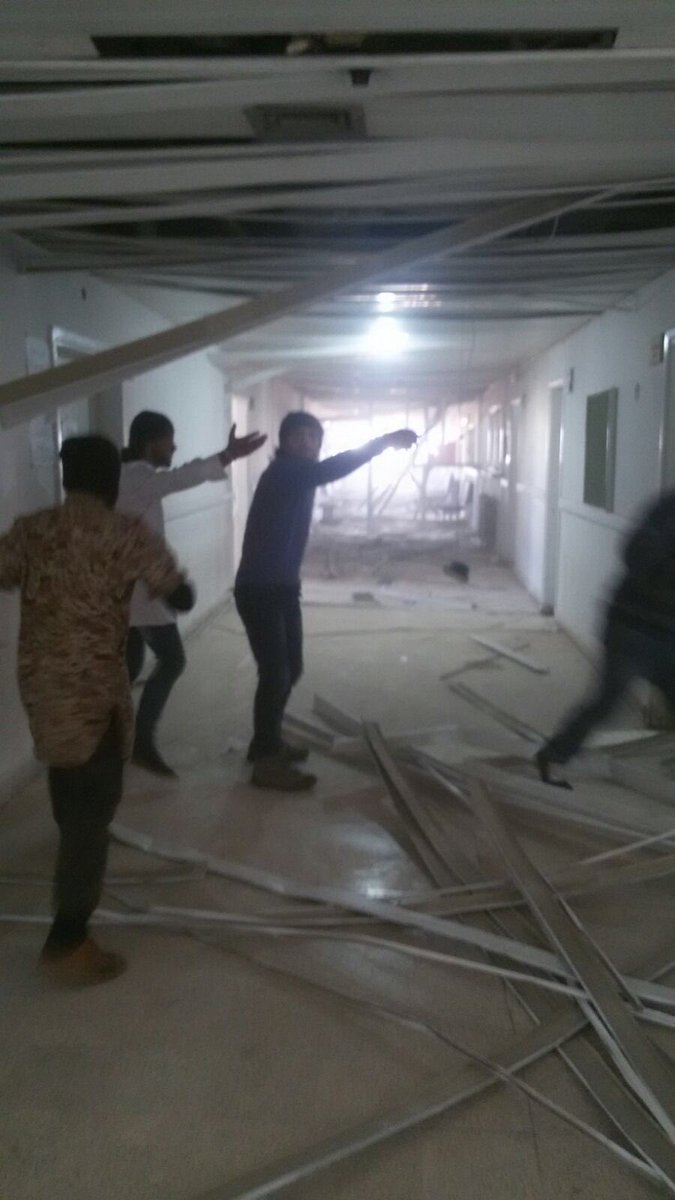
Several hospitals operated by @sams_usa were bombed by #Russia today in Idlib and Aleppo killing scores of patients: image via Zaher Sahloul @sahloul, 15 February 2016
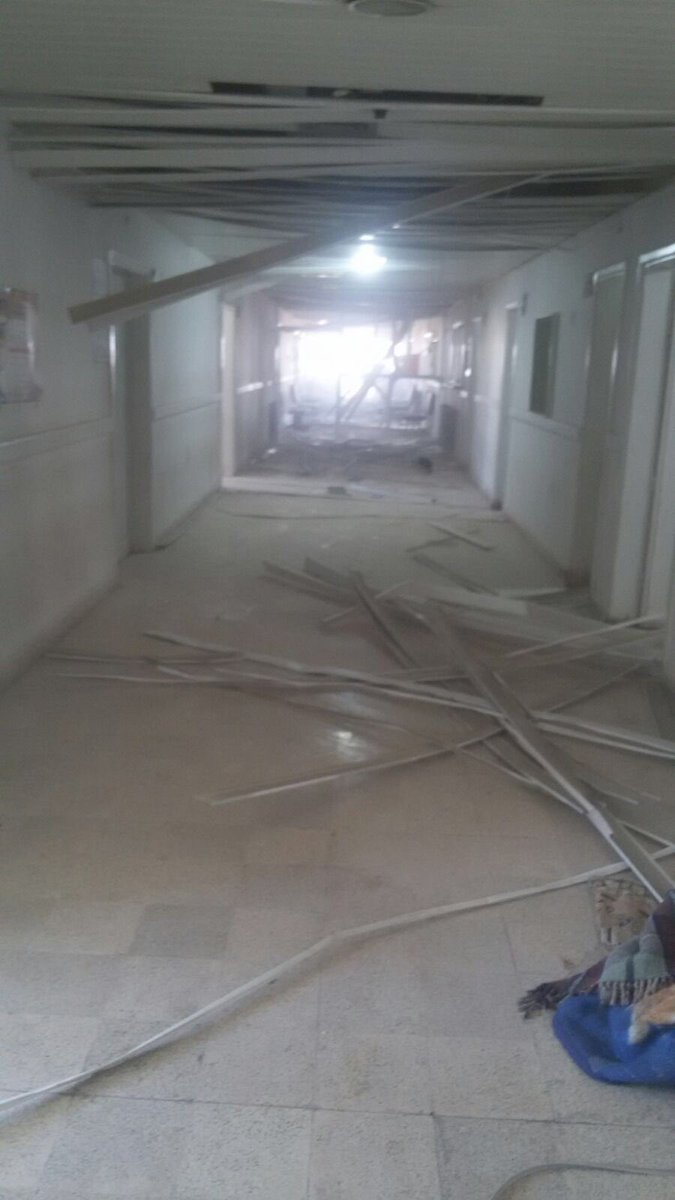
A #nurse in training is killed today by the #Russian airstrike on @sams_usa hospital in #Marr'a. She will be missed!: image via Zaher Sahloul @sahloul, 15 February 2016
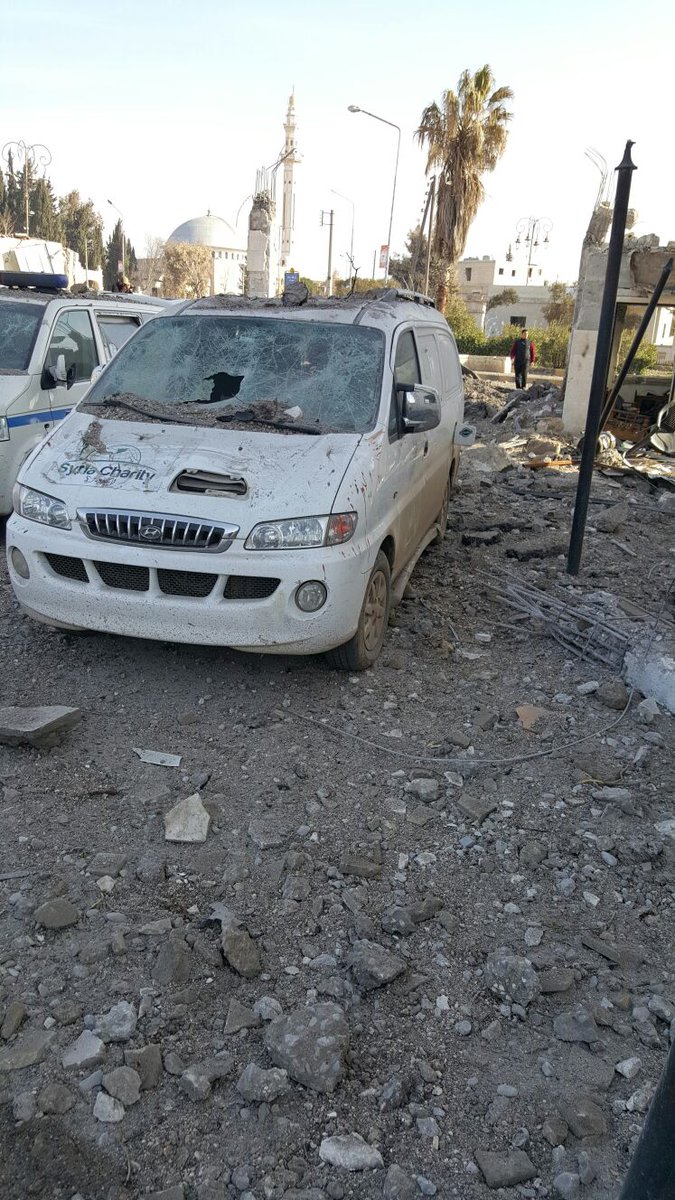
Today, Azaz hospital OBGYN/ neonatal for women and newborns was attacked and completely demolished by Russian airstrikes: image via SAMS @sams_usa, 15 February 2016
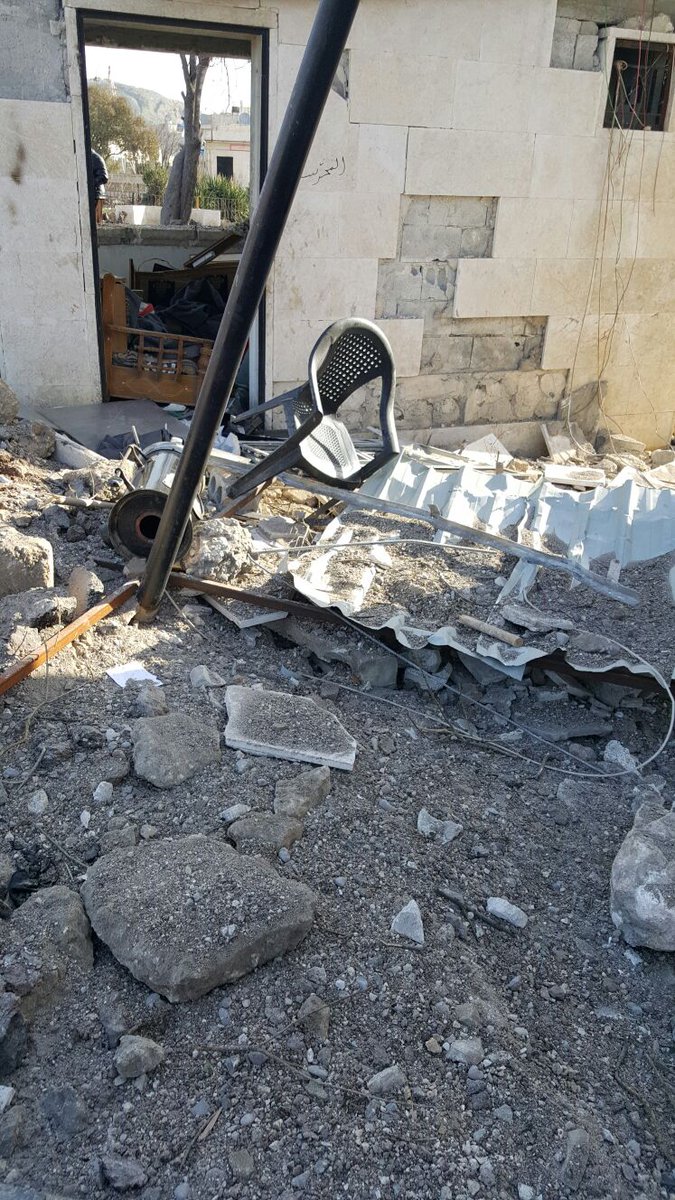
Today, Azaz hospital OBGYN/ neonatal for women and newborns was attacked and completely demolished by Russian airstrikes: image via SAMS @sams_usa, 15 February 2016
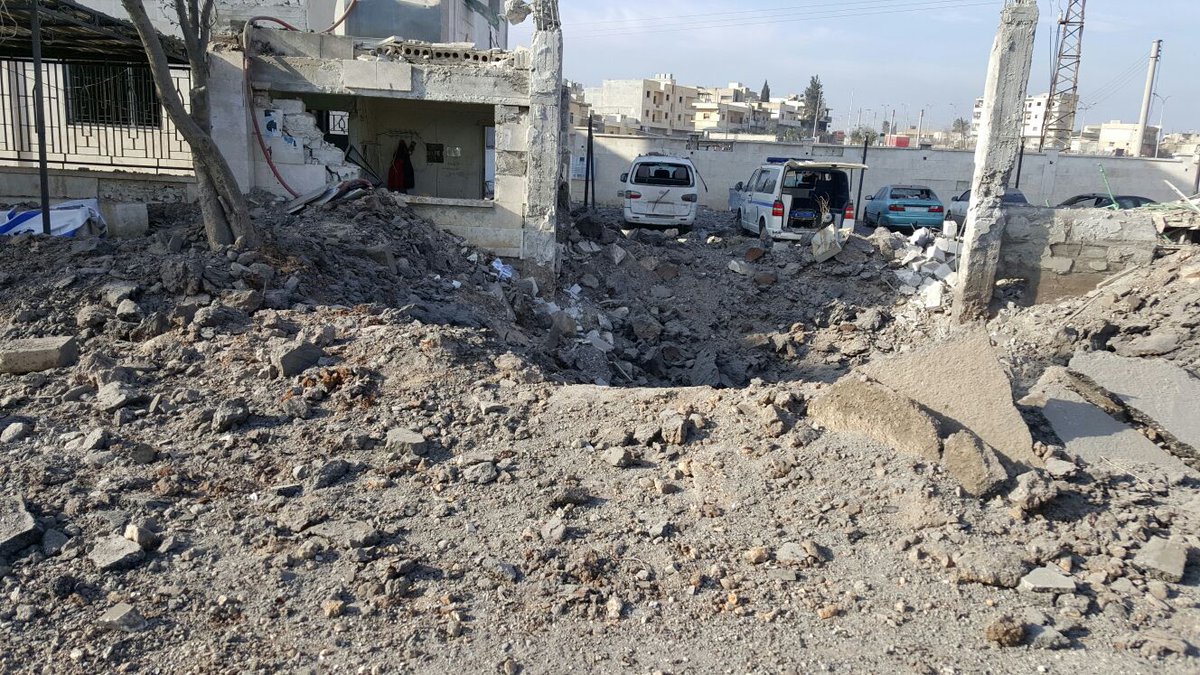
Today, Azaz hospital OBGYN/ neonatal for women and newborns was attacked and completely demolished by Russian airstrikes: image via SAMS @sams_usa, 15 February 2016
Russian missile landed in the fields outside Azaz north #Aleppo: image via Stork @NorthernStork, 15 February 2016
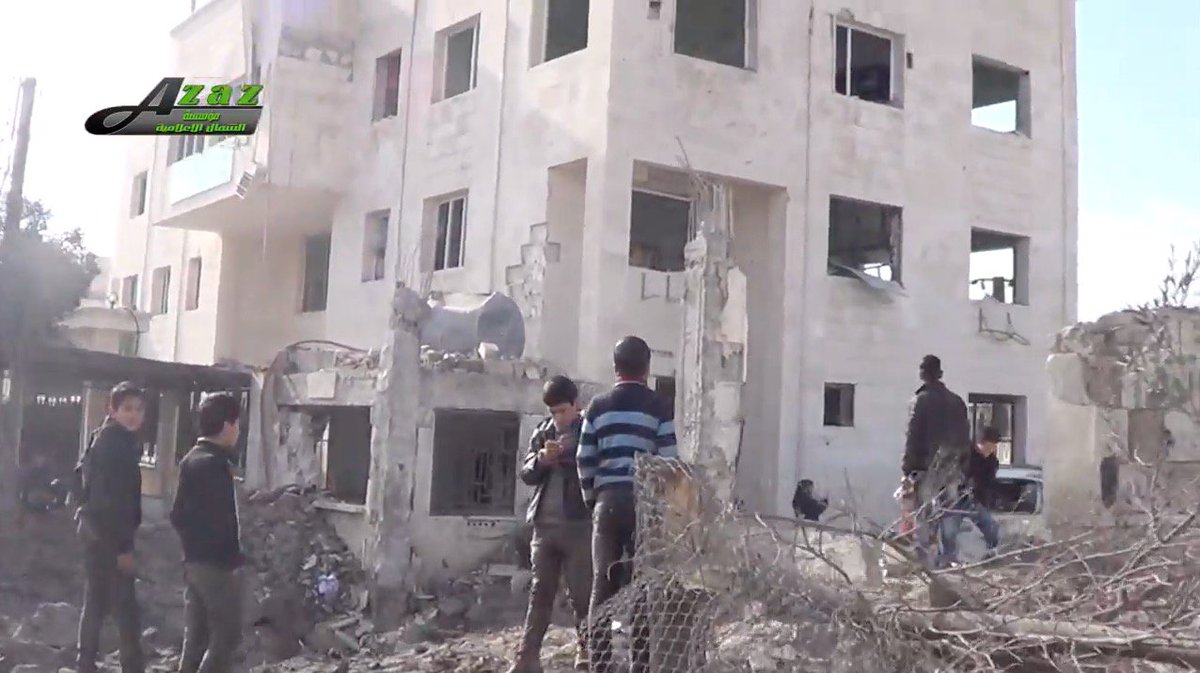
#News Aftermath of a ballistic missile attack on the #Azaz women's and children's hospital: image via Julian Röpcke @JulianRoepcke, 15 February 2016

Bodies outside a makeshift mother and child hospital after reported airstrikes on Monday in the Syrian city of Azaz, near the border with Turkey: photo by Mujahed Abul Joud/Agence France-Presse, 15 February 2016
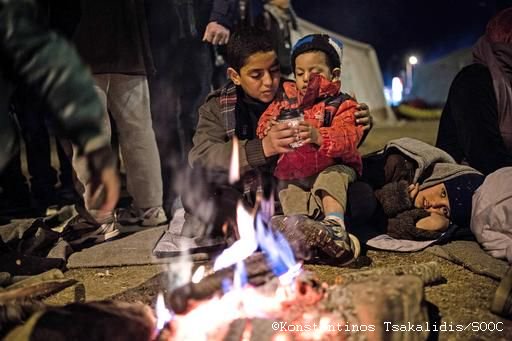
"Syrians are buried beneath bombs." by @MSF President @JoanneLiu_MSF: image via Arjan Hehenkamp @Arjan Hehenkamp, 15 February 2016

[Too many enemies]: image via baraa al halabi @baraaalhalabi, 13 February 2016
a winter of the soul

Melted snow catches the light atop hundreds of bottles of water ready for distribution outside of a Flint Fire Station in downtown Flint, Michigan: photo by Jake May/The Flint Journal-MLive.com via AP, 28 January 2016

A dropped winter glove marks an entrance to the Boston Common during a snowstorm: photo by Suzanne Kreiter/Boston Globe, 8 February 2016

Snowfall brought winter conditions back to parts of the UK as overnight snow closed the Snake Pass in the Peak District of England: photo by John Giles/ PA via AP, 3 February 2016

Morning mist sits in the valley of the Spey River near Kincraig, Scotland: photo by Russell Cheyne/Reuters, 12 February 2016


Alpine choughs start from the summit of
the 2,224 meters high Nebelhorn mountain near Oberstdorf, southern
Germany, flying towards a snow-covered Alpine panorama: photo by Karl-Josef
Hildenbrand/AFP, 9 February 2016

A gull flies over the Mediterranean Sea
as the sun rises over snow-covered Mount Sannine, in Beirut, Lebanon: photo by Hassan Ammar/Associated Press, 8 February 2016


Kashmiri people try to warm themselves
amid snowfall in Tangmarg, north of Srinagar: photo by Farooq Khan/EPA, 11 February 2016


A road sign “163 km” is seen on a birch on a winter road at a market near the Siberian village of Yangutum: photo by Alexander Aksakov, 2 February 2016

A woman walks past snow-covered trees in a forest near the village of Mesherskoye some 70 km outside Moscow: photo by Yuri Kabodnokov/AFP, 1 February 2016


Water
from the overflowing Diemeltal
lock rushes over a gate in the wall in Diemelsee, Germany. The cause is a
high inflow of water from snow that is melting due to recent
mild temperatures and rainfall.: photo by Uwe Zucchi/EPA, 11 February 2016
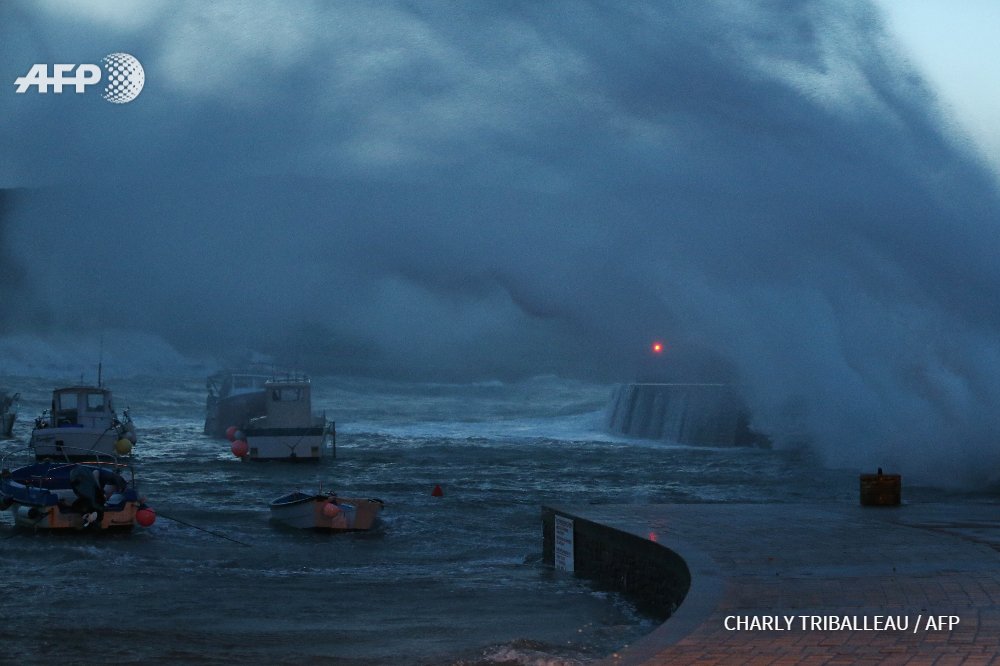
A wave breaks in the harbour in Auderville, northwestern France #AFP photo by @CTriballeau: image by Sophie Nicholson @sohnic, 8 February 2016
Sleep No More Till Spring Comes, or The Long Winter's Night of The Living Dead Zombiegirls

@AlexanderWangNY presented last night his #FW16 collection in a church: image via NOWFASHION @NOWFASHION, 14 February 2016

A model walks the walk of the living dead in the Alexander Wang fall-winter 2016 collection for New York Fashion Week, shown at St Bartholomews Church on Park Avenue: photo by Nowfashion/The New York Times, 14 February 2016

The Alexander Wang fall-winter 2016 collection for New York Fashion Week, shown at St Bartholomews Church on Park Avenue, zeroed in on today’s youth culture and its various appropriations of high fashion: photo by Dina Litovsky via The New York Times, 14 February 2016

The Alexander Wang fall-winter 2016 collection for New York Fashion Week, shown at St Bartholomews Church on Park Avenue, zeroed in on today’s youth culture and its various appropriations of high fashion: photo by Dina Litovsky via The New York Times, 14 February 2016

Mohair, a throwback to ’90s grunge, featured prominently in the collection, especially in the form of beanies: photo by Dina Litovsky via The New York Times, 14 February 2016

Several pieces referenced prison uniforms, including a coat with “County” emblazoned on the back. Shown here, a literal poser's take on jail stripes.: photo by Dina Litovsky via The New York Times, 14 February 2016

Given the church’s layout, engineering space was a tricky feat. Here, photographers clustered uncomfortably at one end of the runway.: photo by Dina Litovsky via The New York Times, 14 February 2016

Models appear only moderately brutalized while waiting outside their rehearsal: photo by Dina Litovsky via The New York Times, 14 February 2016

Captions such as “strict,” “girls” and “tender” were displayed across chests on rectangular black patches simplistically resembling censorship bands: photo by Dina Litovsky via The New York Times, 14 February 2016

Not one for subtlety, especially when it comes to celebrating subversiveness, Wang delivered prints of marijuana leaves on coats and miniskirts: photo by Dina Litovsky via The New York Times, 14 February 2016

Not one for subtlety, especially when it comes to celebrating subversiveness, Wang delivered prints of marijuana leaves on coats and miniskirts: photo by Dina Litovsky via The New York Times, 14 February 2016

The crowd included heavyweights from both the fashion and entertainment industries. Here, Anna Wintour, an early champion of Wang’s work (Wang won the CFDA Vogue Fashion Fund Award in 2008).: photo by Dina Litovsky via The New York Times, 14 February 2016

The
crowd included heavyweights from both the fashion and entertainment
industries. Here, Anna Wintour, an early champion of Wang’s work (Wang
won the CFDA Vogue Fashion Fund Award in 2008).: photo by Dina Litovsky via The New York Times, 14 February 2016

the moments in between: photo by Naud, 4 July 2013
Zombie girl. Montreal Zombie walk 2014: photo by Celine Marsolais, 25 October 2014

Final touchups with #Fekkai + @NARSissist backstage at @NoonbyNoor #Fall16. #NYFW: image via Fekkai @fekkai, 14 February 2016

#zombie #zombies #zombiegirl #facepaint #bodypaint #mua #makeup: image via Rene H. Nielsen, 1 February 2016

Diane Kendal created the "sleep no more" look for @NARSissist and #AlexanderWang: image via CR FASHION BOOK @CR FASHION BOOK, 14 February 2016

#ContestAlert: win some #ZombieGirl swag! Enter by Feb.29: image via AG @the poeticzombie, 8 February 2016

That special sallow, waxen, my nose-has-known-the-armpits-of-the-dead Six Feet Under afterglow -- How to look like a member of #AlexanderWangNY's downtown gang #NYFW: image via CR FASHION BOOK @CR FASHION BOOK, 14 February 2016

#ZombieGirl: image via Muh Fucka @GhostRunner24, 9 February 2016

Yes, the #zombie apocalypse will void @amazon's terms of service: image via CNNMoney @CNNMoney, 11 February 2016

Check out the images of #AlexanderWang first - polaroid - campaign after #BALENCIAGA: image via NsMagazine @nssmag, 10 February 2016 Lombardy, Italy
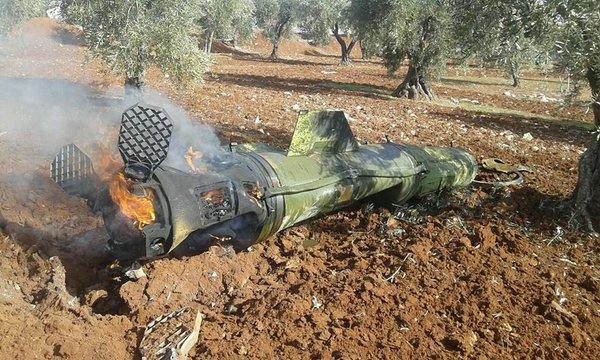
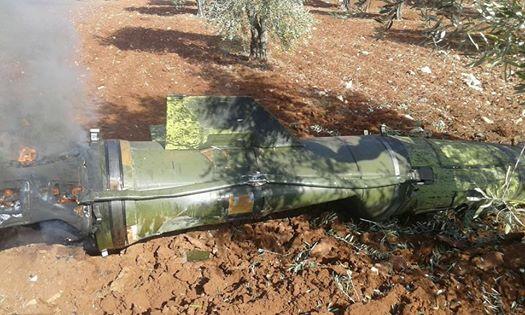

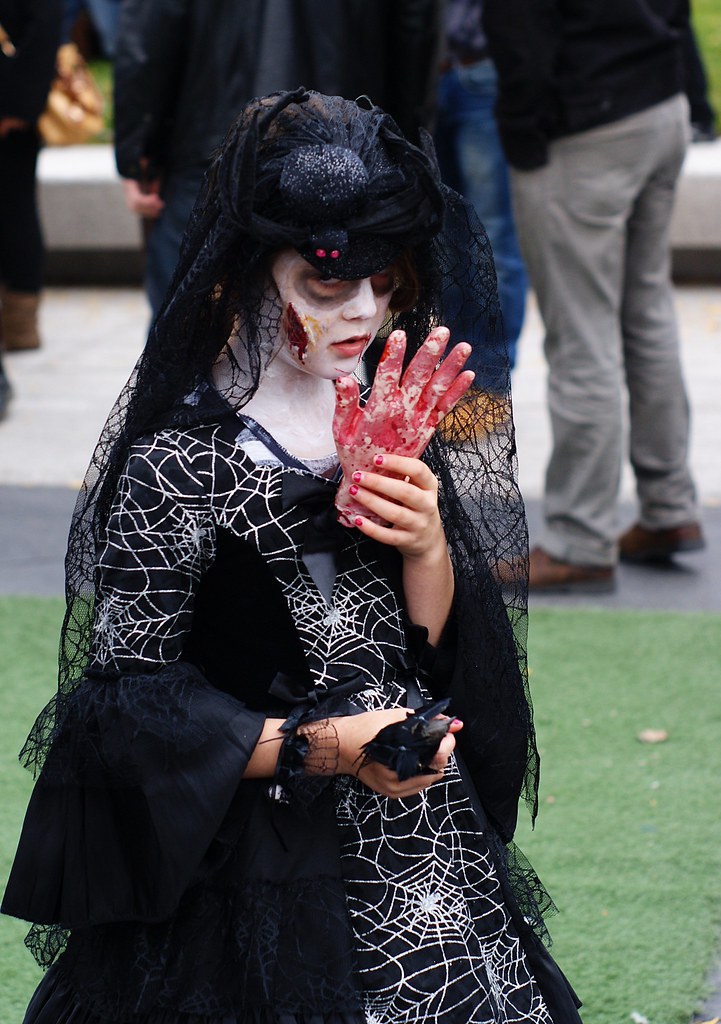



5 comments:
Gil Scott-Heron: Winter in America: live in Central Park, 6-27-10
Dear Tom,
I do not know your political affiliations but in the pictures you have put up the caption says "Indian Kashmir". Some people think of it as India-held or Indian-occupied Kashmir. As far as I know the U.N. still calls it Indian Administered Kashmir.
Salams,
K.
Thank you!!!
As to my political affiliations, as a rule I tend to instinctively side with the less powerful. The less impressive the armaments, the greater the suffering of the innocents, the more likely it is I'll be paying attention.
The sacrifice of the civilian population and infrastructure of the northern tier of Syria wrought by the Russian incursion of the past six months appears from here a calculated and cynical strategic venture, designed to render unliveable the region of most stubborn and persistent opposition to the Assad regime.
The enterprise appears to have at least the tacit consent of virtually everybody immediately concerned, except of course the Turks, who are no saints and famously have issues of their own.
All of this seems fairly plain and quite intelligible. As does the lack of resistance.
I see that Simon Tisdall in the Guardian today has an editorial piece that's pertinent:
Refugees are becoming Russia's weapon of choice in Syria: Turkey sees targeting of civilian hubs as a deliberate attempt to create mass outflow of people and vacuum for pro-Assad forces to fill: Simon Tisdall, The Guardian, Tuesday 16 February 2016
Some bits:
__
Russia’s flat denials of responsibility for the lethal bombing of hospitals and schools in Syria cut no ice in Ankara. Senior Turkish officials say Vladimir Putin and his Syrian allies are shamelessly using increased refugee outflows resulting from these and similar attacks as a weapon of war – one that is deliberately aimed at Turkey and Europe.
Dmitri Peskov, the Kremlin spokesman, categorically rejected claims by Turkey and other countries that Russian forces, acting in support of Bashar al-Assad’s regime and Syrian Kurd militias, had committed war crimes in mounting Monday’s strikes, which killed about 50 people. “Those who make such statements are not capable of backing them up with proof,” Peskov said.
Reacting to Moscow’s denials and its decision to seek UN security council condemnation of Turkey’s cross-border shelling, Ahmet Davutoğlu, Turkey’s prime minister, said Russia’s behaviour was “shameless” and “insolent”. Turkey would not allow a new influx of refugees from northern Syria, he said, and would take “every step necessary” to prevent such an eventuality.
“If Russia continues behaving like a terrorist organisation and forcing civilians to flee, we will deliver an extremely decisive response,” Davutoğlu told parliament. “Those vile, cruel and barbaric [Russian] planes have made close to 8,000 sorties since 30 September without any discrimination between civilians and soldiers, or children and the elderly.”
More than 50,000 people have been displaced by recent fighting around Aleppo. Turkey is increasingly concerned by territorial gains by militia fighters of the Syrian Kurd Democratic Union party (PYD), whom it regards as terrorists and mercenaries in league with Moscow. The Kurdish advances, including seizure of the important Menagh air base, were supported by Russian airstrikes. Turkey responded by shelling Syrian Kurd positions.
Excerpts from a report by Turkey’s security services, published on Tuesday in Hurriyet newspaper, highlighted Turkish suspicions that Russia was purposefully attempting to “weaponise” the refugee crisis.
The report warned: “Regime forces and allies are trying to create a new refugee wave by moving towards Azaz [in northern Syria] ... There are 10 refugee camps between this town and Turkey’s town of Kilis, approximately along an eight-kilometre line. The residents of these camps will likely flee and seek shelter in Turkey while these camps would be taken by the PYD or Assad forces.”
Security officials told the paper that Russia was employing tactics previously used in the first Chechen war in the north Caucasus in the 1990s, known as the “Grozny model”. This involved forcibly emptying urban residential areas through a campaign of attrition against the local population. Once this was achieved, heavy weapons were deployed to eradicate opposing forces, entailing widespread destruction of homes and infrastructure.
Given Assad’s previous documented use of barrel bombs, chemical weapons, airstrikes and heavy artillery against civilian areas, Russia’s alleged tactics hardly seem new. What appears to be different is the deliberate creation of tactical refugee emergencies to influence outside actors who must deal with the fallout.
Post a Comment